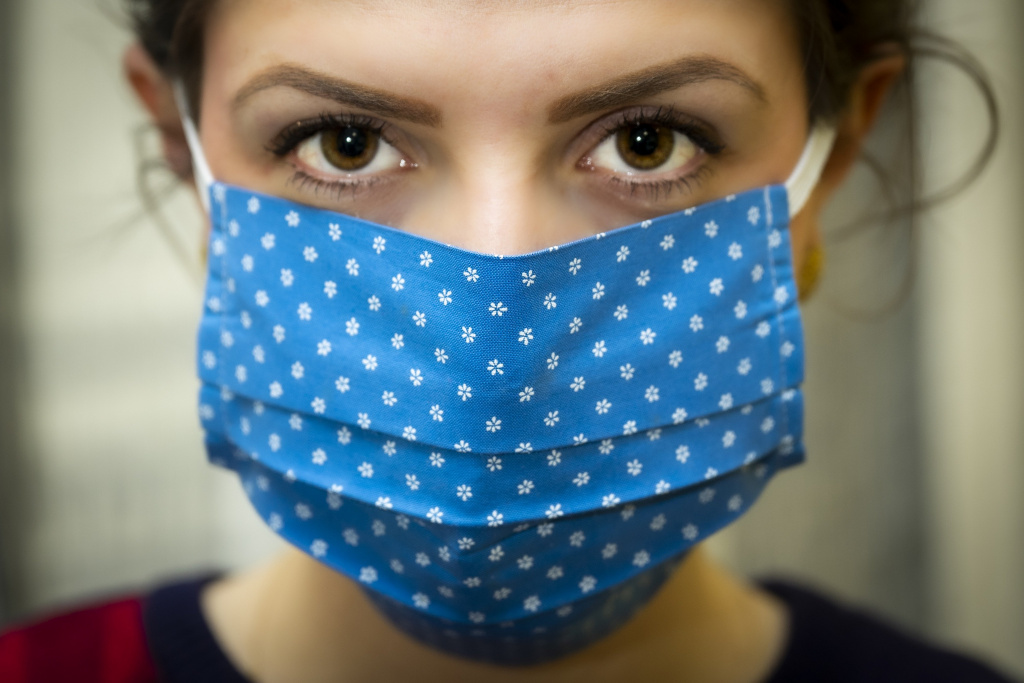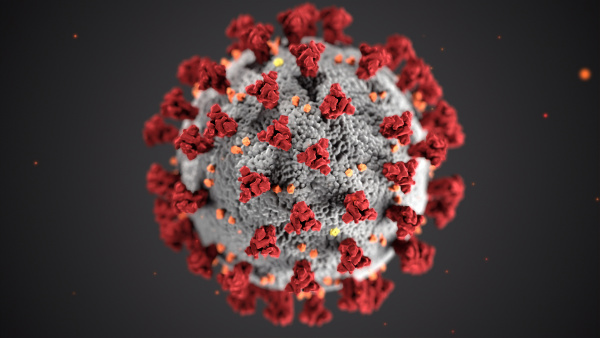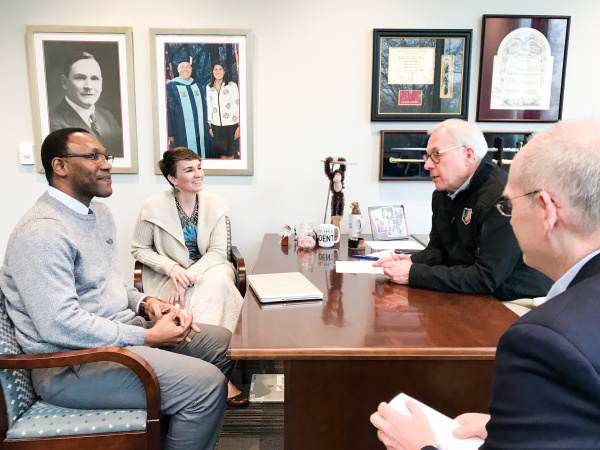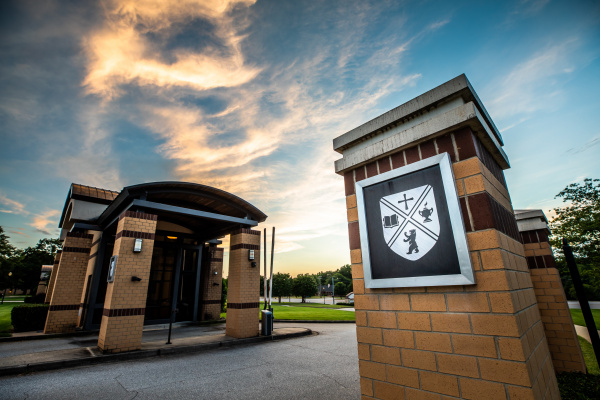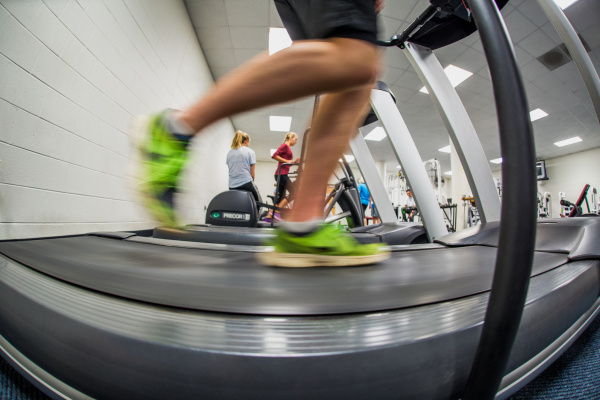Since the beginning of the COVID-19 pandemic, conflicting advice has emerged from the scientific and health communities about the potential benefits of wearing masks. The novel coronavirus, SARS-CoV-2, is transmitted via aerosol droplets when infected people sneeze or cough. The droplets can be inhaled directly or can be transferred by touching contaminated surfaces before touching one’s face. Masks act as a barrier to prevent this transmission. But are non-surgical masks valuable when used by the general public?
The Changing Advice on Masks
Early in the pandemic, the Centers for Disease Control and Prevention (CDC) advised that only sick individuals and medical workers needed to wear masks. This advice was based on the belief that masks would reduce droplets released by an infected person but would offer little protection to a healthy, uninfected wearer.
However, as information has emerged that a significant proportion of infected individuals are asymptomatic or show only mild symptoms, the CDC has changed their advice on masking the public. On April 3, the CDC released a recommendation that all individuals should wear masks when out in public. They recommend cloth masks, reserving the dwindling supply of surgical masks for health care workers.
Masks are recommended in conjunction with maintaining a physical distance of at least six feet from others. The CDC website states, “A cloth face covering is not intended to protect the wearer, but may prevent the spread of virus from the wearer to others. Medical masks and N-95 respirators are reserved for healthcare workers and other first responders.”
The Value of Homemade Masks
Is there any evidence that indicates that homemade, cloth masks have protective value? Several studies have looked at the potential of household materials to act as a barrier to viral transmission. One study published in the journal Disaster Medicine and Public Health Preparedness analyzed the efficacy of masks made from different materials.
Masks fashioned from cotton t-shirts significantly blocked the number of viral particles that were transmitted, although they were less effective than surgical masks. This study concluded that homemade masks had a benefit as a “last resort” in blocking viral transmission.
Masks for the general public appear to have a role in the larger scheme of preventing infections. Individuals who know they are infected with the coronavirus should not be in public, with or without a mask. Rather, they should isolate at home until they are no longer infectious.
Since there is such a high rate of community-acquired infections in most metropolitan regions, other individuals should behave as though they may be asymptomatic carriers. This includes limiting trips to grocery stores and other essential travel, practicing physical distancing, and wearing a mask in public.
Resources abound online to help even the least crafty fashion their protection. The CDC reiterated that masks are not a substitute for self-isolation and physical distancing, but they may provide an additional benefit.


